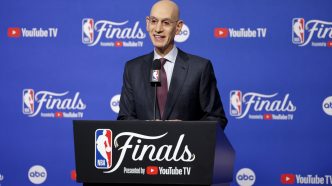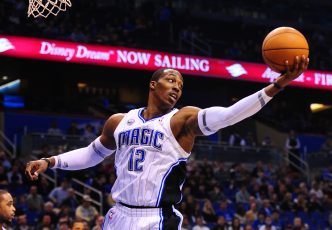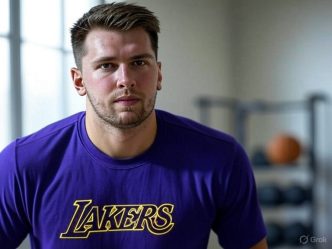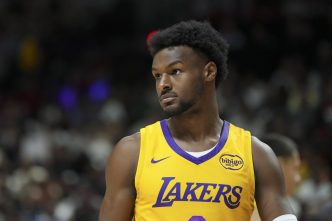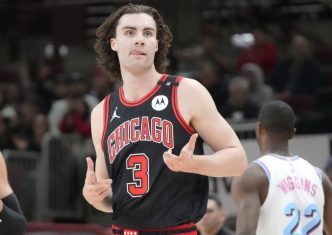NBA Expansion Talks Heat Up as Silver Prepares for Board of Governors Meeting
In an exciting announcement from Oklahoma City, NBA Commissioner Adam Silver confirmed that the topic of league expansion will be on the agenda at next month’s board of governors meeting in Las Vegas. This marks a significant moment for the NBA, as Silver believes the interest among owners is substantial enough to warrant exploring this possibility.
During his annual pre-Finals press conference, Silver emphasized the importance of gauging the owners’ sentiments regarding expansion, stating his intent to “take the temperature of the room” next month. He noted, “There’s been no lack of interest,” signaling that various cities are keen to engage in discussions about potential new teams. Silver wants to ensure fairness in the process, which means he’ll have to balance the interests of multiple locations without giving any one city an unfair advantage in discussions.
The concept of expansion has been a casual topic among NBA insiders for years, but Silver hinted that the upcoming meeting could transition those discussions into a more formal context. While details regarding which cities might be in contention are still unconfirmed, Seattle and Las Vegas are often highlighted as frontrunners due to their historical ties to the league.
However, Silver also made it clear that expansion isn’t a guaranteed outcome. He thoughtfully remarked, “I’d say the current sense is we should be exploring it. I don’t think it’s automatic,” illustrating the cautious, yet optimistic approach the league is taking. This consideration stems, in part, from the current landscape of the NBA as it navigates new markets and acknowledges that there are indeed underserved areas within the U.S. and beyond that could benefit from having a team.
In addition to the expansion talks, Silver also addressed some notable developments in the league. He pointed out that the NBA Finals will produce a new champion, marking the seventh consecutive year without a repeat titleholder. This ongoing trend raises questions about the balance within the league, though Silver poured cold water on the notion that the changes in the collective bargaining agreement were designed specifically to promote this parity. Instead, he underlined that the goal is to create equitable opportunities rather than engineer outcomes.
Regardless of who wins the Finals, Silver accepted that diversity in championship victories is indicative of a league thriving on competition: “Hats off to Oklahoma City and Indianapolis, two incredibly well-run franchises, top to bottom, that deserve to be here.” His focus remains on the systematic processes that cultivate strong teams rather than merely the results.
Additionally, Silver teased a shift for the upcoming All-Star Game in Los Angeles toward a format that may pit Team USA against a collective of international players—reflecting the league’s growing global influence. He acknowledged that a straight USA versus World matchup might not be the best approach, as American players currently make up around 70% of the league’s roster. Silver’s strategies hint at fostering international camaraderie while celebrating the league’s diversity.
On the topic of the regular season schedule, Silver firmly stated that reducing the 82-game season is not on the table, citing financial implications and a lack of evidence suggesting fewer games would lead to fewer injuries. “If that were the case, you would think you have more injuries in April than October. We don’t see that,” he explained, illustrating the challenges associated with such a change.
As the NBA gears up for this crucial meeting, the league stands at a crossroads, balancing tradition with the inevitable push towards growth and inclusivity. Fans and franchises alike will be keeping a close eye on the developments that emerge from Las Vegas, as the future of the NBA could very well reshape its landscape for years to come.

